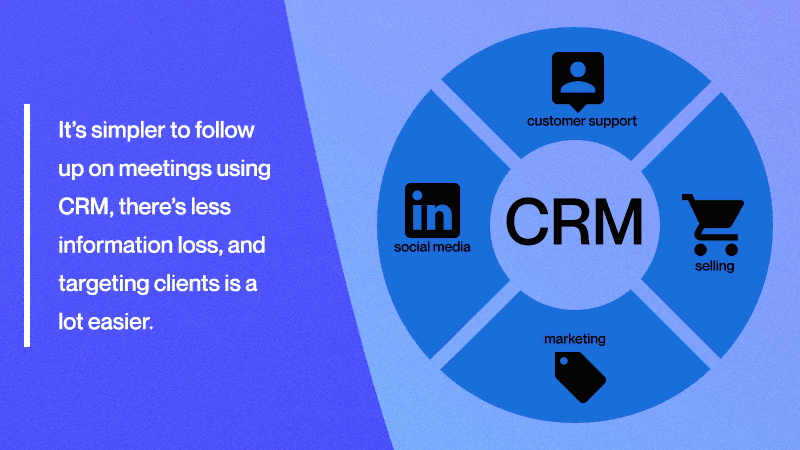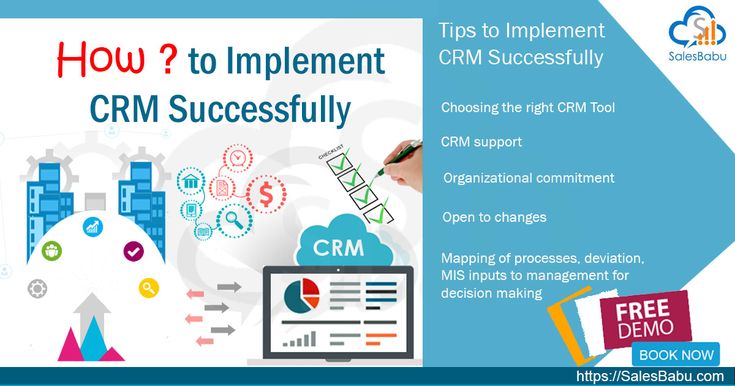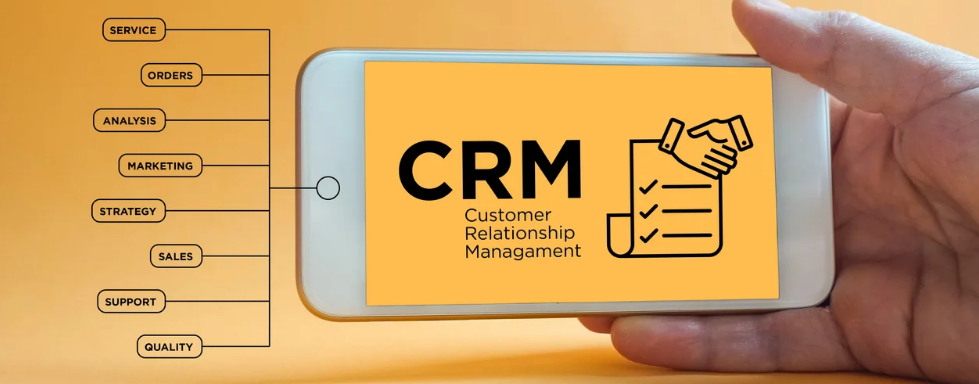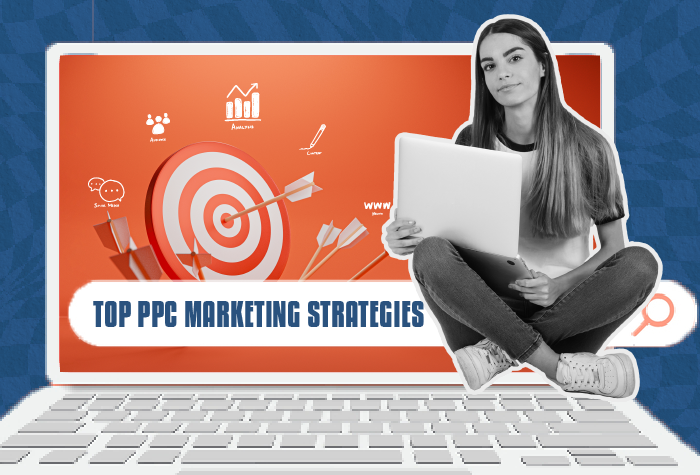
Introduction: The Power of Personalization in CRM Marketing
In today’s competitive landscape, simply having a Customer Relationship Management (CRM) system isn’t enough. To truly thrive, businesses need to leverage the power of CRM marketing personalization. This approach moves beyond generic campaigns and delivers tailored experiences that resonate with individual customers. It’s about understanding their needs, preferences, and behaviors to create relevant and valuable interactions. This guide will delve into the nuances of CRM marketing personalization, exploring its benefits, strategies, and practical implementation steps. We’ll cover everything from understanding your customer data to crafting personalized content and measuring the impact of your efforts.
Personalization isn’t just a buzzword; it’s a necessity. Customers expect brands to recognize them, remember their interactions, and provide experiences that feel custom-made. Ignoring this demand can lead to disengagement, lost opportunities, and ultimately, a decline in customer loyalty. CRM marketing personalization allows you to build stronger relationships, drive conversions, and achieve a significant return on investment (ROI).
Understanding the Foundations: What is CRM Marketing Personalization?
At its core, CRM marketing personalization involves using customer data to tailor marketing messages, offers, and experiences to individual preferences. This means going beyond broad demographic targeting and diving deep into customer behavior, purchase history, and communication preferences. The goal is to deliver the right message, to the right person, at the right time, through the right channel.
Here’s a breakdown of the key elements:
- Customer Data: This is the lifeblood of personalization. It includes information from various sources, such as CRM systems, website analytics, social media, and customer interactions.
- Segmentation: Grouping customers based on shared characteristics, behaviors, or needs. This allows for more targeted messaging.
- Personalized Content: Creating marketing materials, such as emails, website content, and ads, that are tailored to specific customer segments or individual preferences.
- Automation: Using marketing automation tools to streamline the personalization process and deliver timely and relevant content.
- Channel Optimization: Selecting the most effective channels for delivering personalized messages, such as email, SMS, social media, or website.
By effectively integrating these elements, businesses can create highly relevant and engaging customer experiences that drive results.
The Benefits of CRM Marketing Personalization
The advantages of implementing CRM marketing personalization are numerous and far-reaching. Here are some of the most significant:
- Increased Customer Engagement: Personalized experiences are more likely to capture a customer’s attention and encourage interaction. When customers feel understood, they are more likely to engage with your brand.
- Higher Conversion Rates: Tailored offers and recommendations are more persuasive than generic messages. Personalization can significantly boost conversion rates, whether it’s through website clicks, form submissions, or purchases.
- Improved Customer Loyalty: Personalized experiences build stronger relationships and foster customer loyalty. Customers are more likely to stick with brands that make them feel valued and understood.
- Enhanced Customer Satisfaction: Personalization demonstrates that you care about your customers’ individual needs. This leads to higher satisfaction levels and positive word-of-mouth marketing.
- Greater ROI: By targeting the right customers with the right messages, personalization maximizes the effectiveness of your marketing efforts, leading to a higher return on investment.
- Reduced Marketing Costs: While it might seem counterintuitive, personalization can actually reduce marketing costs in the long run. By focusing on the most relevant customers, you avoid wasting resources on campaigns that don’t resonate.
- Data-Driven Insights: Personalization efforts provide valuable data on customer preferences and behaviors. This information can be used to refine your marketing strategies and improve overall business performance.
These benefits collectively contribute to a more successful and sustainable business model.
Strategies for Effective CRM Marketing Personalization
Implementing CRM marketing personalization effectively requires a well-defined strategy. Here are some key strategies to consider:
1. Data Collection and Management
The foundation of any successful personalization strategy is a robust data collection and management system. This involves gathering data from various sources, including:
- CRM System: This is your central hub for customer data, including contact information, purchase history, and interaction logs.
- Website Analytics: Track customer behavior on your website, such as pages visited, products viewed, and time spent on site.
- Social Media: Monitor social media interactions, including likes, shares, comments, and direct messages.
- Email Marketing: Analyze email open rates, click-through rates, and conversion rates to understand customer engagement.
- Surveys and Feedback Forms: Gather direct feedback from customers through surveys and feedback forms.
- Third-Party Data: Consider using third-party data providers to enrich your customer profiles with demographic and psychographic information.
Once you’ve collected the data, it’s crucial to organize and manage it effectively. This includes:
- Data Cleansing: Regularly clean your data to remove duplicates, correct errors, and ensure accuracy.
- Data Segmentation: Group customers based on shared characteristics, behaviors, or needs.
- Data Security: Implement robust security measures to protect customer data and comply with privacy regulations like GDPR and CCPA.
Effective data management is essential for creating accurate customer profiles and delivering personalized experiences.
2. Customer Segmentation
Customer segmentation is the process of dividing your customer base into smaller groups based on shared characteristics. This allows you to tailor your marketing messages and offers to the specific needs and interests of each segment. Here are some common segmentation criteria:
- Demographics: Age, gender, location, income, education, occupation.
- Psychographics: Values, interests, lifestyle, personality.
- Behavioral: Purchase history, website activity, email engagement, social media interactions.
- Needs-Based: The specific needs and pain points of your customers.
- Value-Based: Customer lifetime value (CLTV), revenue generated, and profitability.
The best segmentation strategy will depend on your specific business goals and customer base. The key is to identify segments that are meaningful and actionable.
3. Personalized Content Creation
Once you’ve segmented your customers, the next step is to create personalized content. This includes:
- Personalized Emails: Use customer data to personalize email subject lines, body content, and calls to action.
- Dynamic Website Content: Display different content on your website based on customer segments or individual preferences.
- Personalized Product Recommendations: Suggest products based on purchase history, browsing behavior, or customer preferences.
- Targeted Ads: Create ads that are tailored to specific customer segments or individual interests.
- Customized Landing Pages: Design landing pages that are relevant to the specific needs and interests of your target audience.
The goal is to deliver content that feels relevant and valuable to each customer.
4. Channel Optimization
Choosing the right channels for delivering your personalized messages is crucial. Consider the following:
- Email Marketing: A highly effective channel for delivering personalized messages and offers.
- SMS Marketing: Use SMS to send timely updates, promotions, and appointment reminders.
- Social Media: Target ads and content to specific customer segments on social media platforms.
- Website: Use dynamic content and personalized recommendations to enhance the website experience.
- Mobile Apps: Send push notifications and deliver personalized content within your mobile app.
The optimal channel mix will vary depending on your target audience and marketing goals.
5. Marketing Automation
Marketing automation tools can streamline the personalization process and help you deliver timely and relevant content. Consider using automation for:
- Welcome Series: Automatically send a series of emails to new subscribers.
- Abandoned Cart Emails: Remind customers of items left in their shopping carts.
- Behavior-Based Triggers: Send emails or trigger actions based on customer behavior, such as website visits or product views.
- Lead Nurturing: Guide leads through the sales funnel with targeted content and offers.
- Segmentation-Based Campaigns: Automate the delivery of personalized content to specific customer segments.
Marketing automation tools can save you time and effort while improving the effectiveness of your personalization efforts.
6. A/B Testing and Optimization
A/B testing is crucial for optimizing your personalization efforts. Test different variations of your content, offers, and channels to see what resonates best with your target audience. Here’s how to do it:
- Define Your Goals: Identify what you want to achieve with your A/B tests (e.g., increase click-through rates, boost conversions).
- Create Variations: Develop different versions of your content, offers, or channels.
- Run the Tests: Randomly assign your audience to each variation.
- Analyze the Results: Track key metrics, such as click-through rates, conversion rates, and revenue.
- Implement the Winning Variation: Use the insights from your A/B tests to refine your personalization strategy.
Continuous testing and optimization are essential for maximizing the effectiveness of your personalization efforts.
Tools and Technologies for CRM Marketing Personalization
Several tools and technologies can help you implement CRM marketing personalization effectively. Here are some of the most popular:
- CRM Systems: Salesforce, HubSpot, Zoho CRM, Microsoft Dynamics 365, Pipedrive. These systems are the central hub for managing customer data and tracking interactions.
- Marketing Automation Platforms: Marketo, Pardot, ActiveCampaign, Mailchimp, Klaviyo. These platforms allow you to automate marketing tasks, personalize content, and track customer behavior.
- Email Marketing Software: Constant Contact, Sendinblue, GetResponse, ConvertKit. These tools specialize in email marketing and offer features for personalization and segmentation.
- Website Personalization Tools: Optimizely, Dynamic Yield, Adobe Target. These tools allow you to personalize website content and recommendations.
- Analytics Platforms: Google Analytics, Adobe Analytics. Track website traffic, customer behavior, and marketing campaign performance.
- Social Media Management Tools: Hootsuite, Buffer, Sprout Social. Manage social media accounts, schedule posts, and track engagement.
Choosing the right tools will depend on your specific needs and budget.
Measuring the Impact of CRM Marketing Personalization
It’s essential to measure the impact of your CRM marketing personalization efforts to understand their effectiveness and make data-driven improvements. Here are some key metrics to track:
- Conversion Rates: Track the percentage of customers who complete a desired action, such as making a purchase or filling out a form.
- Click-Through Rates (CTR): Measure the percentage of customers who click on links in your emails, ads, or website content.
- Open Rates: Track the percentage of customers who open your emails.
- Customer Lifetime Value (CLTV): Calculate the total revenue generated by a customer over their relationship with your business.
- Customer Acquisition Cost (CAC): Determine the cost of acquiring a new customer.
- Customer Retention Rate: Measure the percentage of customers who remain loyal to your brand.
- Return on Investment (ROI): Calculate the overall profitability of your personalization efforts.
- Website Engagement Metrics: Track time on site, pages per session, and bounce rate to assess customer engagement.
By regularly monitoring these metrics, you can identify areas for improvement and optimize your personalization strategy.
Best Practices for Successful CRM Marketing Personalization
Here are some best practices to help you succeed with CRM marketing personalization:
- Start Small: Don’t try to personalize everything at once. Begin with a few key areas and gradually expand your efforts.
- Focus on Data Quality: Ensure your customer data is accurate, complete, and up-to-date.
- Prioritize Customer Privacy: Comply with all privacy regulations and be transparent about how you collect and use customer data.
- Personalize Across All Channels: Deliver consistent and personalized experiences across all touchpoints.
- Test and Optimize Continuously: A/B test your content, offers, and channels to improve performance.
- Be Relevant: Deliver content that is genuinely relevant and valuable to your customers.
- Don’t Overdo It: Avoid being overly intrusive or creepy. Strike a balance between personalization and respecting customer privacy.
- Train Your Team: Educate your team on the importance of personalization and provide them with the training they need to succeed.
- Stay Up-to-Date: Keep abreast of the latest trends and technologies in CRM marketing personalization.
- Focus on the Customer: Always prioritize the customer experience and make their needs the center of your efforts.
By adhering to these best practices, you can maximize the effectiveness of your personalization efforts and achieve your marketing goals.
Examples of CRM Marketing Personalization in Action
Let’s look at some real-world examples of how businesses are using CRM marketing personalization:
- Amazon: Amazon is a master of personalization. They use customer data to recommend products, personalize website content, and send targeted emails based on purchase history and browsing behavior.
- Netflix: Netflix recommends movies and TV shows based on your viewing history and ratings. They also personalize their homepage and send targeted emails with recommendations.
- Spotify: Spotify creates personalized playlists based on your listening habits and recommends new music based on your preferences.
- Sephora: Sephora uses customer data to recommend products, send personalized emails with beauty tips, and offer exclusive discounts.
- Starbucks: Starbucks personalizes its mobile app with rewards, offers, and recommendations based on your purchase history and location.
These examples demonstrate the power of personalization in driving customer engagement and loyalty.
Challenges and How to Overcome Them
While CRM marketing personalization offers significant benefits, it also presents some challenges. Here’s how to overcome them:
- Data Silos: Data scattered across different systems can make it difficult to create a unified view of the customer. Solution: Integrate your CRM, marketing automation, and other data sources.
- Data Privacy Concerns: Customers are increasingly concerned about data privacy. Solution: Be transparent about your data collection practices and comply with privacy regulations.
- Lack of Resources: Implementing personalization requires time, effort, and resources. Solution: Start small, focus on high-impact areas, and gradually expand your efforts.
- Complexity: Personalization can be complex, especially for businesses with large customer bases. Solution: Use marketing automation tools and focus on simplifying your processes.
- Measurement Difficulties: It can be challenging to accurately measure the ROI of your personalization efforts. Solution: Track key metrics, such as conversion rates, click-through rates, and customer lifetime value.
By addressing these challenges proactively, you can increase your chances of success.
The Future of CRM Marketing Personalization
The future of CRM marketing personalization is bright. Here are some trends to watch:
- Artificial Intelligence (AI): AI will play an increasingly important role in personalization, enabling businesses to automate tasks, analyze data more effectively, and deliver even more personalized experiences.
- Hyper-Personalization: Moving beyond segmentation to deliver highly personalized experiences to individual customers.
- Omnichannel Personalization: Delivering consistent and personalized experiences across all channels.
- Privacy-Focused Personalization: Finding ways to personalize experiences while respecting customer privacy.
- Voice Personalization: Using voice assistants to deliver personalized content and recommendations.
As technology advances, businesses will have even more opportunities to create highly personalized and engaging customer experiences.
Conclusion: Embracing the Power of Personalization
CRM marketing personalization is no longer a luxury; it’s a necessity for businesses that want to thrive in today’s competitive landscape. By leveraging customer data, segmenting your audience, and creating personalized experiences, you can build stronger relationships, drive conversions, and achieve a significant ROI. This guide has provided a comprehensive overview of CRM marketing personalization, including the benefits, strategies, and practical implementation steps.
Remember to start small, focus on data quality, prioritize customer privacy, and continuously test and optimize your efforts. Embrace the power of personalization and watch your business flourish. The journey to personalized marketing is ongoing, so be prepared to adapt and evolve as technology and customer expectations change. By embracing these principles, you can cultivate lasting customer relationships and achieve sustainable business success.



